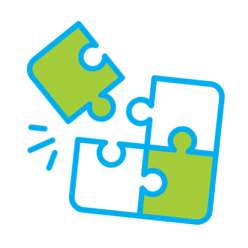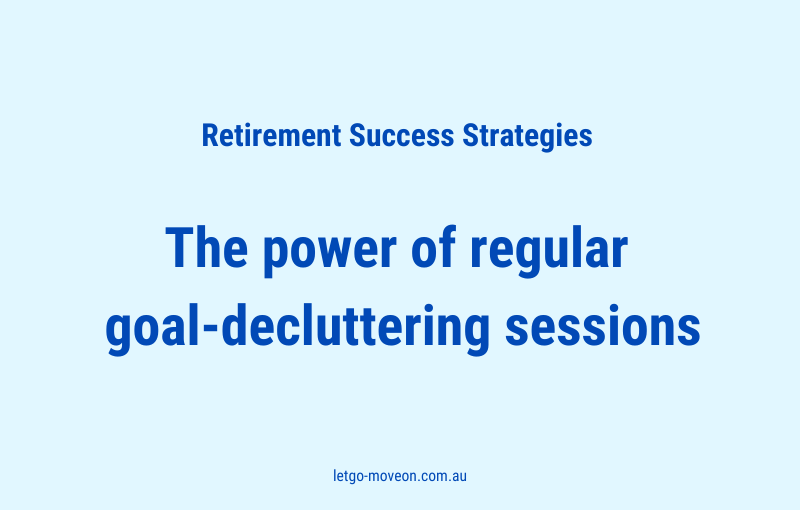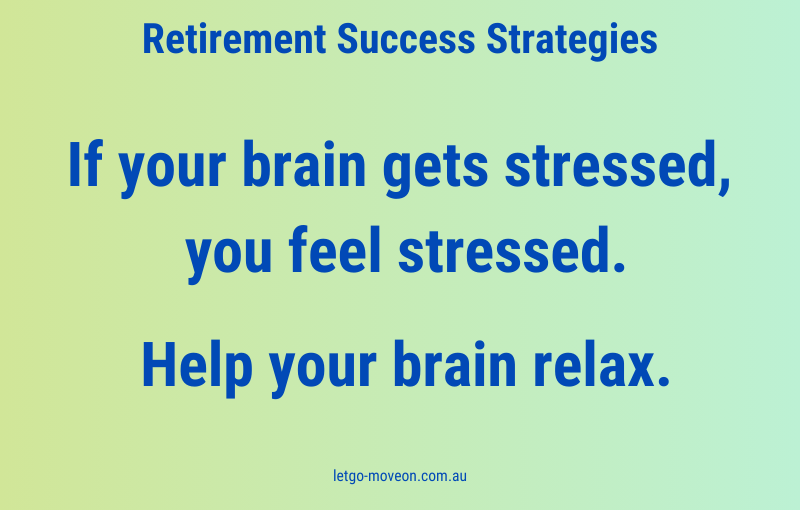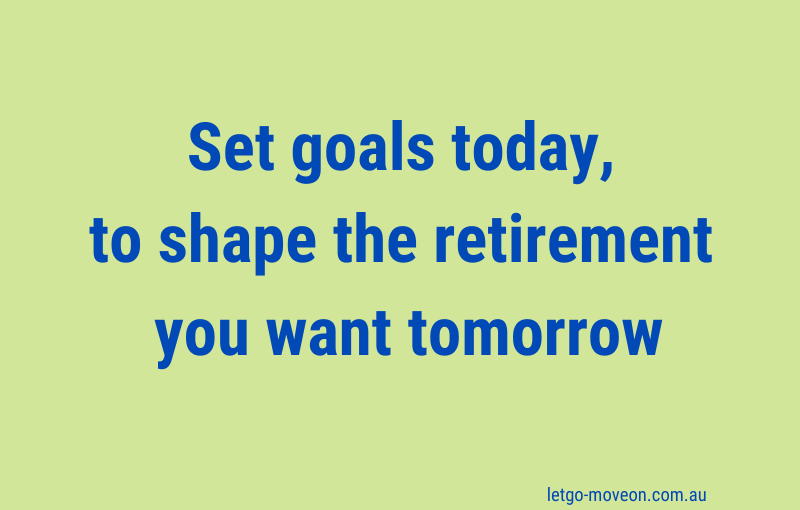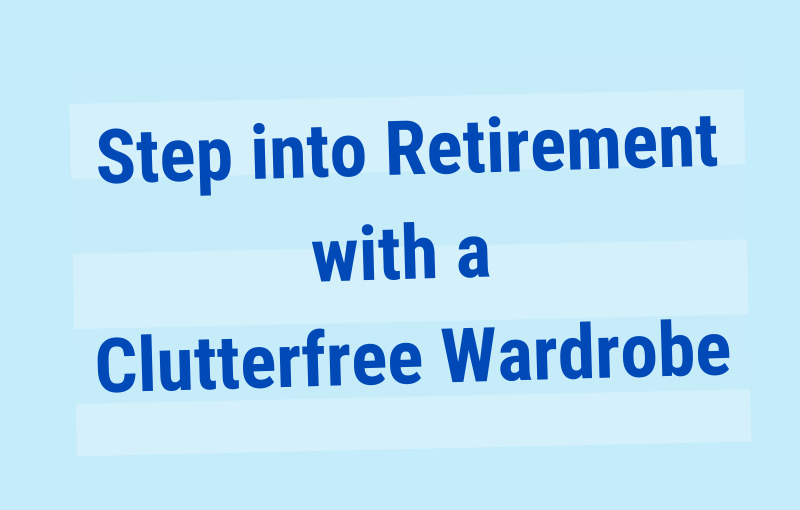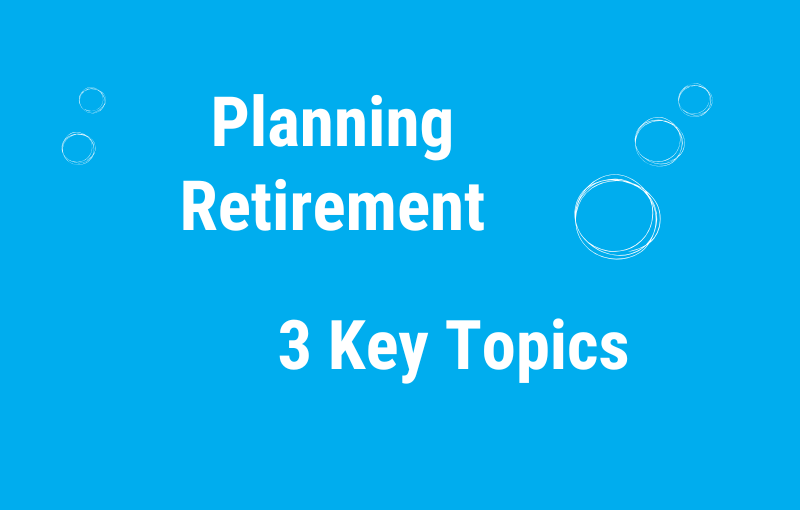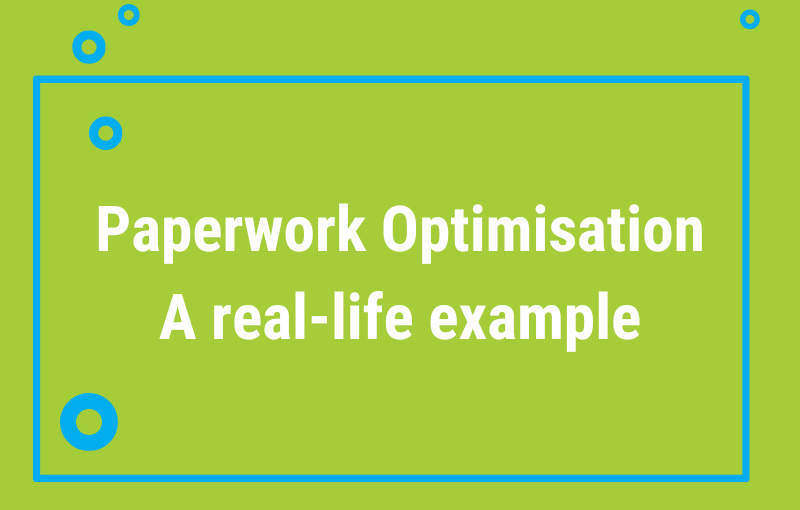What’s your relationship with your goals?
Do you like choosing goals and then investing time, energy, and effort in achieving them?
I believe goal-setting is important because it keeps us moving forward and helps us live our lives intentionally.
Goals provide us with direction, motivation, and focus.
I also believe that it’s important to regularly re-evaluate our goals and ensure they continue to guide us in the right direction, in the direction we want to go NOW.
-
- If, on our journey to the goal, our priorities change,
- or if we realise that this particular goal is too far away
- and that it costs us too many resources to get there,
- and that it is not that important to us (any longer),
then we are free to say, ‘No, I changed my mind. This is no longer one of my priorities. I no longer want to go there.’
We are free to decide to go somewhere closer (a similar but smaller goal) or change direction completely (choosing a completely different new goal).
How can we know for sure that changing direction and giving up a goal is the right thing to do?
We can ask ourselves questions like the following (and answer them honestly!):
-
- Does the goal still align with my values and my current priorities?
- Does working on the goal energise me or make me feel exhausted?
- What impact would letting go of this goal have on my well-being?
Letting go of a goal isn’t failure; it’s prioritising what’s important NOW.
It’s about being honest and courageous and making changes – if what we want to achieve has changed.
So, how is your relationship with your goals?
When did you deliberately decide to let go of a goal? What made you change your mind? Was it a good decision to let it go? Why yes? Why not?
Are you currently pursuing a goal that seems no longer worth the time, energy, and effort? Are you torn between thinking you need to stick to it and wishing you could let it go?
Could questions like those above help you find the right answer?
If you enjoy exploring ideas and tools like this,
you’ll love my newsletter, ‘Retirement Success Strategies for Professionals’.
Every week, I share proven strategies and practical tools that you can apply to create and enjoy a meaningful retirement.
